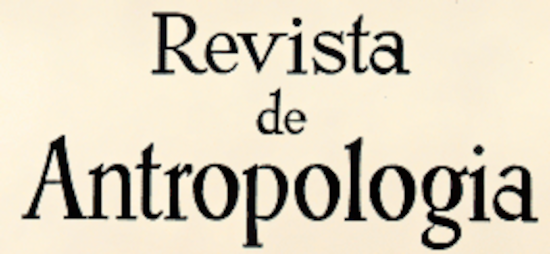Characterisation of caiçara communities as traditional, isolated, self-sufficient, primitive, and with their subsistence based mainly on fishing is discussed based on a diachronic perspective. Transformations that occurred as a result of the arrival of the motor boat, in the beginning of the XX century, are stressed. The abandonment of agricultural activities, totally or partially, is analysed in a broader historical context, considering it as one of the innumerable economic cycles which these populations have already passed. The low number of ecological studies and appropriate field data are also criticised. It is argued that these communities are usually analysed in literature through an ecological romantic view, linking them to the "good savage" myth. It is also proposed that the lack of multidisciplinary studies reduces the cultural richness of these communities.
caiçaras; ecological anthropology; indigenous populations; noble savage
